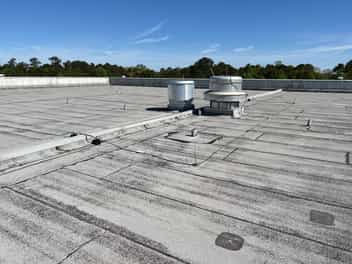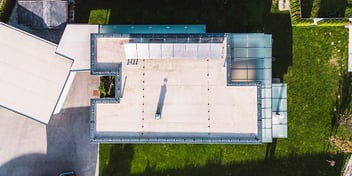- Home »
- Learningcenter »
- Types roof membranes differences
[Guide] The Three Types of Roof Membranes And Their Differences

Membrane roofing is a popular choice for flat roofs due to their watertight coverings that protect buildings from water intrusion and the elements. The most common materials for membrane roofs are synthetic rubber, thermoplastic, and modified bitumen.
While membrane roofs have been used on commercial buildings for some time, they are becoming increasingly popular in residential homes.
What are the different types of membranes, and how are they different? What are the pros and cons of each of the most popular membrane materials?
Let's find out the answers to these questions and more.
What Is a Membrane Roof?
Membrane roofing systems are mostly used on flat roofs because of their watertight nature. Ensuring that water cannot intrude into the building on roofs with low pitches is particularly essential as the water doesn't shed nearly as quickly as with high-pitched roofs.
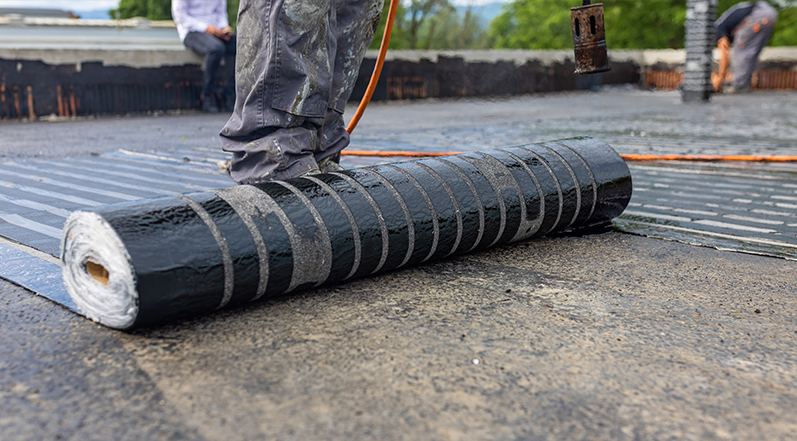
Many different materials are used to construct membrane roofing, including thermoplastic, synthetic rubber, modified bitumen, or liquid polyurethane. All membrane roofing has weatherproofing elements, surfacing, and reinforcement.
The Three Main Types of Roof Membranes
There are three main types of roof membranes– modified bitumen systems, thermoset membranes, and thermoplastic membranes.

Membrane roofing displays distinct advantages over flat roofing methods commonly used in the past, such as Built-Up-Roofs (BUR), which we'll discuss later.
1. Thermoset Membranes
Thermoset membranes are composed of synthetic rubber. The production process involves heating and fully curing the materials (thus the name "thermoset.”) This process allows the materials to form an incredibly strong bond and hold a specific shape.
While the bonds are quite strong when first produced, they can weaken and separate over time unless reinforced and maintained. Typically, a roof with thermoset membranes will be between 30 and 120 mils when finished.
This membrane type is most commonly made with ethylene propylene diene terpolymer (EPDM), while Neoprene is also used.
Typically, EPDM roof membranes are black; this means that they absorb heat from the sun and aren't very friendly to summer cooling bills. It is possible to get white EPDM membranes that help to reflect the sun's rays away from the structure, which will help to combat this problem. However, the coating does degrade over time.

One of the benefits of thermoset membranes is that they are highly fire-resistant. At the same time, there has been some pushback against the use of EPDM because they are made from petroleum-based chemicals. While they are a very popular roofing system and have a history of excellent performance, it's worth noting the health and environmental concerns surrounding using this material.
While EPDM is the most common material used to make thermoset membranes, there is another type of roofing membrane known as uncured elastomers that are sometimes grouped with thermosets for the sake of simplicity. These roof membranes can be made with polyisobutylene (PIB), chlorosulfonated polyethylene (CSPE), epichlorohydrin (ECH), and polychloroprene rubber (CR).
2. Thermoplastic Membranes
Thermoplastic membranes are more versatile than thermoset membranes because they can be reshaped using heat. Because of the way that they are heat welded, the bond that is created between sheets is much stronger than that of chemically bonded thermosets.
Polyvinyl chloride (PVC) and thermoplastic olefin (TPO) are the two most common compounds that are used in thermoplastic membranes. Combined with ketone ethylene ester (KEE), these two materials make up more than 55% of the commercial roofing market.
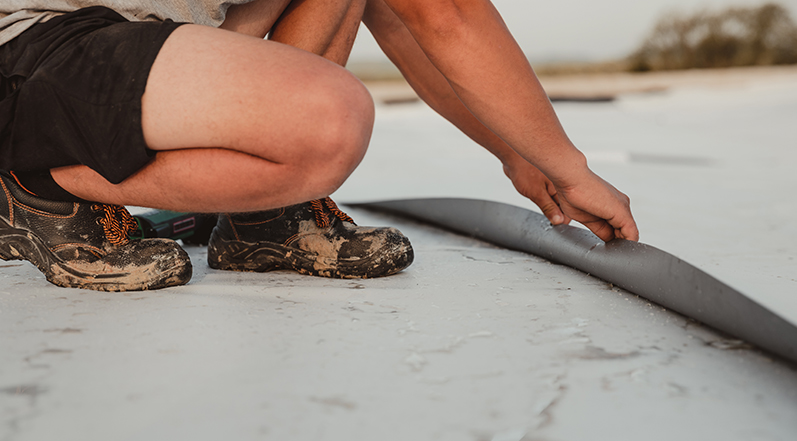
One of the benefits of both PVC and TPO is that they are white and therefore help to reflect heat away from the structure.
PVC has been used in flat roofing systems for longer than TPO, but TPO has emerged as a cheaper alternative in recent years.
3. Modified Bitumen
Modified bitumen membranes were developed during the mid-1960s and have been commonly used in the US since around 1975. They are constructed using one or more premanufactured sheets made of asphalt and reinforcing layers. In some instances, a surfacing will also be applied.
During manufacturing, rubbers or plastics are also added while heating the bitumen; this contributes to a greater elasticity and higher softening point.
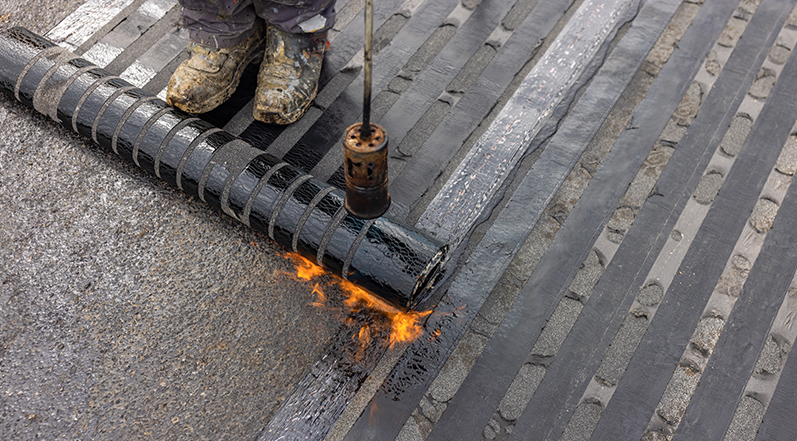
While modified bitumen is still in use, the industry has generally been moving away from asphalt-based membrane systems because of concerns over health hazards and environmental issues.
Modified bitumen membranes are typically connected to one another by torch application. Other options include cold adhesive, hot-mopping, and self-adhering materials.
Understanding the Difference Between EPDM, TPO, and PVC Membranes
PVC, EPDM, and TPO membranes are some of the most common roofing membranes both on existing structures and for new buildings. Let's look at the differences between them to help you understand which roofing system would work best for your needs.
1. TPO
Thermoplastic polyolefin (TPO) is a single-ply roofing membrane that is popular for a number of reasons, including its affordability, flexibility, easy installation, easy maintenance, and energy savings.
TPO has become a common alternative to PVC roofing because of its much lower price tag. Though prices can vary depending on location and other factors, the average TPO roof installation will cost between $5.50 and $6.00 per square foot, while a PVC roof typically costs between $6.50 and $8.00 per square foot.
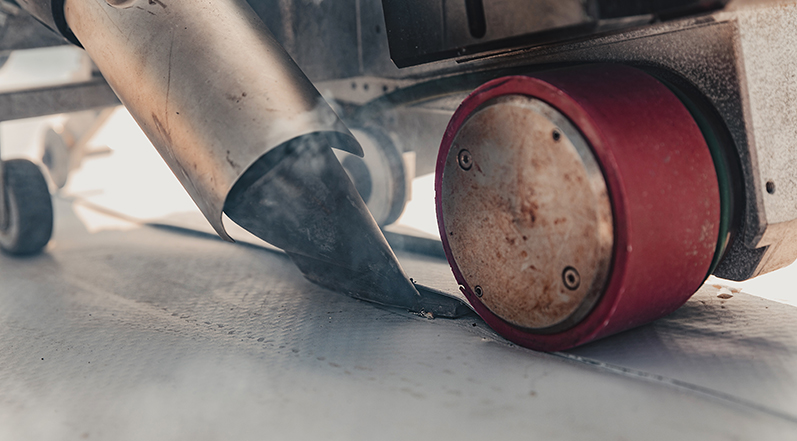
This material also offers a great deal of flexibility as it comes in a wide variety of colors, all of which are UV resistant. That being said, a white TPO roof is the optimum choice for heat reflectivity and reducing energy bills.
If you're looking for a low-maintenance flat roofing system, TPO should be on your shortlist. One of the great things about TPO versus PVC is that it doesn't shrink over time. While both TPO and PVC are resistant to chemical spills, PVC might be the better choice if you have a chemical outlet near or on your roof.
TPO is also superior to PVC when it comes to dealing with cold temperatures as well as fire resistance.
One of the things that help to keep the cost of TPO roofing membranes down is that the installation is simple and fast, thanks to the lightweight nature of the material and the fact that they come in wider sheets.
Finally, you also don't want to overlook the energy savings benefit of TPO. Because the membranes are reflective, they help direct the rays of the sun away from the structure; this helps to reduce cooling bills and isn't nearly as hard on your HVAC system.
Some of the criticisms of TPO include the fact that it's still fairly new to the market (meaning the test of time hasn't returned its results yet,) there can be quality variations between manufacturers, the lamination can introduce weak points and general deterioration, and the fact that there are seams every six to eight feet.
2. PVC
PVC has a long list of advantages as a roof membrane material, including durability, chemical resistance, fire resistance, water resistance, and wind resistance.
The most expensive of the roofing options here, PVC roofing is incredibly durable and known to last around twenty years when properly installed. Depending on your budget and needs, you might find that paying a higher upfront price for PVC is worth it when you consider the cost savings of fewer repairs and maintenance bills over the roof's life.
If you're worried about chemical exposure near your structure, PVC might be a good route to take. Harsh chemicals can cause significant damage to other materials, such as asphalt, but PVC is highly resistant to this kind of damage.
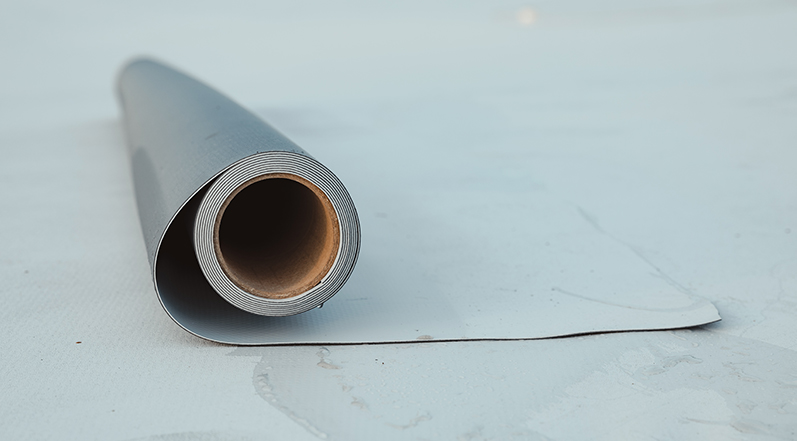
Finally, PVC roofs are also great for your cooling bills as they help reflect the sun's rays away from the building; this can mean major savings on your energy bills in a place like the Atlanta area.
If you're struggling to choose between a TPO and PVC roof, check out this comprehensive comparison of the two roofing materials.
3. EPDM
EPDM is much more affordable as a material than both TPO and PVC roofs, which makes it a favorite option of building owners on a budget. That being said, the system that you use to attach EPDM can alter the cost significantly, and mechanically attached, fully adhered systems can be pricier than TPO.
EPDM roofs are also known to last for 20 years or longer so long as it is properly installed and maintained. Resistant to wind and 3" hail, newer manufacturing formulas have allowed EPDM to be much less sensitive to damage from UV rays.
One of the major benefits of EPDM as a roofing membrane material is its fire resistance. It actually goes beyond being fire-resistant and slows down the progress of fires.
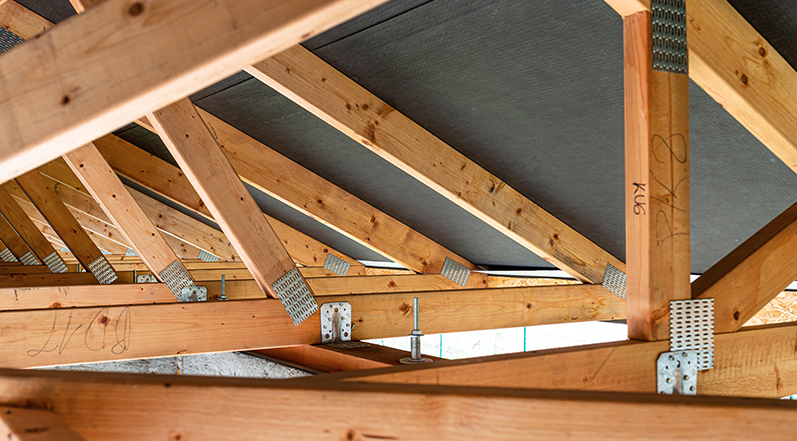
Finally, though EPDM roofs are known for their dark color, these days, they can also be manufactured in white to reflect the rays of the sun and help reduce energy costs.
On the downside, EPDM roofs can be pretty fragile as they get older. As it ages, it can shrink, leaving your roof vulnerable to punctures and leaks. For this reason, regular maintenance is essential to make sure that issues like this are spotted as early as possible.
The Advantages of Membrane Roofing Over Built-Up-Roofs
As mentioned earlier, there are distinct and convincing advantages to using membrane roofing rather than the older style of built-up roofs.
With BUR roofs, creating a seal at all connection points and seams can be extremely hard; this means that roofs require much more maintenance and leak early in their lifespans. Newer membrane systems either have seams that are as strong as the body or are seamless in order to significantly reduce or even eliminate concerns surrounding leakage.
Another reason that membrane roofing is superior to BUR systems is that the repairs for membrane roofs are much more straightforward. It can be hard to locate precisely where a leak is occurring on a built-up roof, and membrane roofs can be patched much more easily because the source of leaks is easier to find.

There are two primary reasons that a layer of gravel was required in original asphalt roofing styles. The first was to help reduce the asphalt's exposure to direct sunlight, which both caused damage thanks to UV rays and would cause the asphalt to expand and contract as the temperature fluctuated.
The second reason is that the asphalt wouldn't be attached to the building and instead was weighed down by the gravel. Newer membrane roofing systems are able to reflect the UV rays of the sun and avoid the problematic consequences of expansion and contraction.
On top of that, the seamless nature (or stronger bonding seams) of membrane roofing systems makes it so leaks and breaks don't occur at the seams, even when expansion and contraction do happen. Finally, membrane systems don't require the weight of gravel on top of them because they are typically attached directly to the structure.
Is It Time to Install a New Roof on Your Building?
If you have a roof that's pitched below 2:12, it's considered a low-slope roof. Water doesn't run off nearly as quickly on a roof with a low slope, which means that water and weatherproof material is essential to ensure that water doesn't make its way into your building.
Understanding the different types of roof membranes can help you get a sense of what your options are for a flat roof. While this has been a common solution for commercial buildings for some time, it is increasingly popular in the residential sector as well.
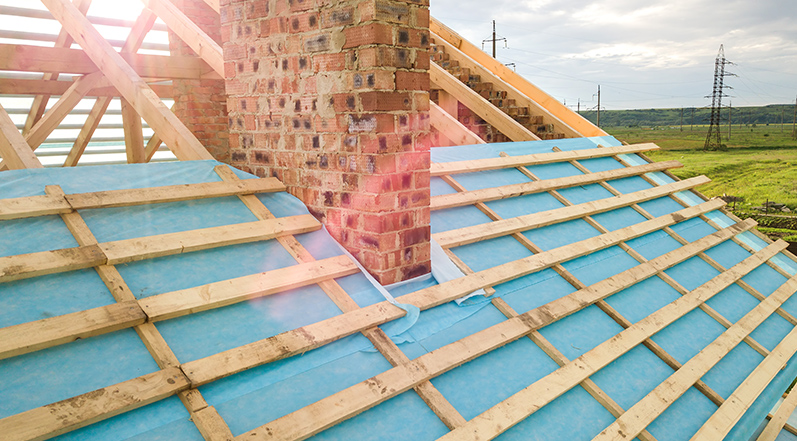
Regardless of what your roofing needs are, Colony Roofers is here to help. Our locally owned and operated professional roofing company makes a point to treat every customer like a family member. With more than 3000 completed jobs in the greater Atlanta area, our professional and highly skilled staff is here to help you with all of your roofing needs.
We know it can be stressful to get work done on your roof, whether you need a small repair or a complete replacement. That's why we prioritize making the process as quick and easy as possible for you. When you work with us, you can expect the highest quality product and outcome for the lowest price.
If you'd like to schedule an estimate or ask a question about your roof, feel free to contact us today!
 Call (678) 365-3138
Call (678) 365-3138

